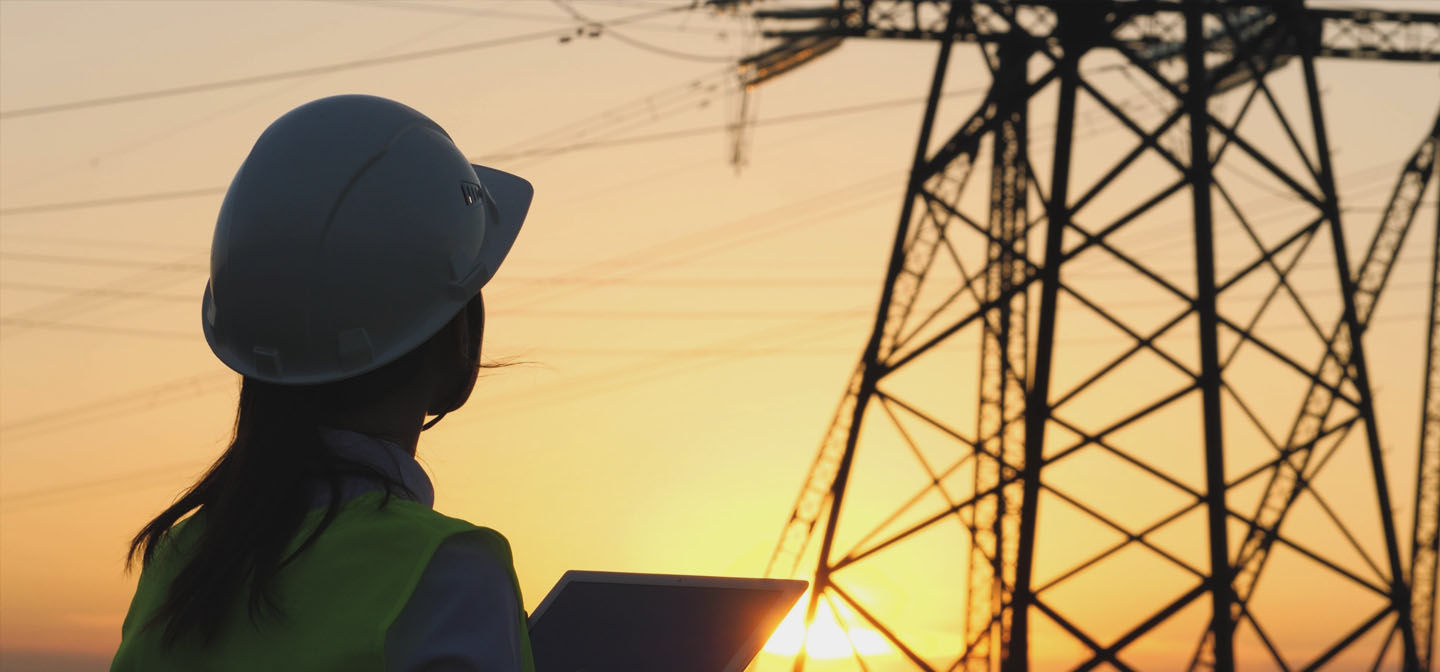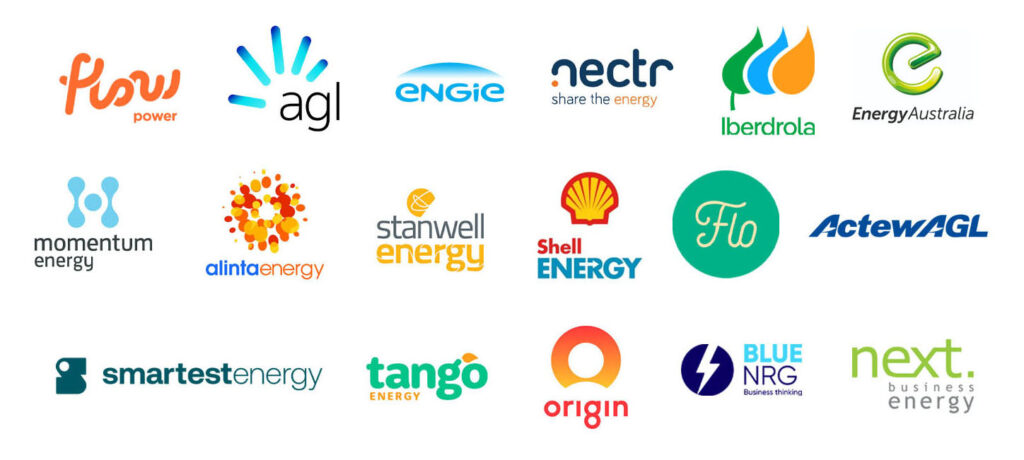25 June 2024
Return of Callide C Power Station: What Impact Will It Have on Wholesale Futures and Spot Prices?
News
After more than a year of being completely out of action due to severe faults, Queensland’s Callide C Power Station is poised to return to full service by the end of July 2024.
With Unit C3 already back online as of April 2024, and Unit C4 scheduled to return by 31 July 2024, the phased return of these units is expected to impact wholesale futures and spot prices significantly.
The critical infrastructure’s return follows two separate incidents: an explosion in May 2021 that damaged Unit C4 and a cooling tower structural failure in October 2022 that took Unit C3 offline.
These incidents led to widespread blackouts and significant disruptions in the energy market.
The Callide C Incidents
Explosion at Unit C4: In May 2021, an explosion at the Callide C Power Station caused a catastrophic failure, taking out one turbine and leading to the tripping of three other units.
The immediate aftermath saw 800 megawatts of electricity abruptly removed from the grid, resulting in widespread blackouts across Queensland.
This event not only disrupted daily life but also sent wholesale electricity prices skyrocketing to $15,000 per megawatt-hour (MWh), a stark contrast to the average price of $53 per MWh in the previous year.
Cooling Tower Failure at Unit C3: In October 2022, a structural failure in the cooling tower of Unit C3 led to its immediate shutdown.
The incident compounded the already strained energy supply situation, as Callide C was still recovering from the previous explosion.
The combination of these two significant outages left the power station’s entire 810 MW capacity offline, causing further instability in the energy market.
Return of the First Unit: C3
The first significant milestone in Callide C’s return to service was achieved soon after a testing phase over the Easter long weekend in April 2024.
Unit C3, with a capacity of 466 MW, was brought back online. The unit has been out of action since October 2022 due to a cooling tower failure.
Following a thorough commissioning process, the unit was tested at half capacity before being fully integrated back into the grid.
This partial return marked a critical step in restoring the plant’s full operational capacity.
Key Points:
- C3’s Capacity: 466 MW, crucial for stabilising the grid.
- Outage Duration: Offline since October 2022 due to a collapsed cooling tower.
- Commissioning Process: Rigorous testing and gradual ramp-up to ensure reliability.
Return of the Second Unit: C4
Looking ahead, the second unit, C4, is scheduled to return to service in a phased manner, with partial capacity expected in June 2024 and full capacity by 31 July 2024.
Thise unit, with a capacity of 420 MW, had been completely out of commission since the explosion in May 2021.
The restoration of C4 will further enhance the grid’s stability and provide additional capacity to meet peak demand.
Key Points:
- C4’s Capacity: 420 MW, critical for meeting peak demand.
- Outage Duration: Offline since May 2021 due to explosion and subsequent damage.
- Phased Return: Partial capacity in June 2024, full capacity expected by 31 July 2024.
Cost of Repairs and Increased Maintenance Fees
The cost of repairing both units at Callide C has been substantial.
The explosion at Unit C4 and the cooling tower failure at Unit C3 have together required an estimated $400 million in repairs.
These costs include rebuilding turbine units, replacing cooling towers, and addressing structural failures.
Additionally, ongoing maintenance fees for coal generators have increased significantly, reflecting the ageing infrastructure and the need for enhanced safety measures.
Impact on Pricing
- Increased Operational Costs: The high repair costs and increased maintenance fees are likely to be passed on to consumers, potentially leading to higher electricity prices in the short term.
- Pressure on Spot Prices: These added costs can put upward pressure on spot prices, particularly during peak demand periods or unforeseen outages.
- Investment in Reliability: The significant investment in repairs and maintenance aims to ensure long-term reliability, which could eventually stabilise and lower prices as the risk of unplanned outages decreases.
Impact on Wholesale Futures
The return of Callide C’s C3 unit is expected to have a long-term stabilising effect on wholesale futures prices.
In the short term, however, its return coincided with some sharp futures spikes. Prior to the incidents, Callide C was a critical component of Queensland’s energy supply, contributing significantly to the grid’s stability and capacity.
The outage led to increased reliance on more expensive and less efficient gas-fired power plants, which in turn drove up futures prices.
Key Points:
- Stabilisation of Supply: The reintroduction of Callide C’s capacity is expected to eventually help stabilise supply, reducing the need for gas and other high-cost alternatives.
- Reduced Volatility: With Callide C back online, the frequency of price spikes caused by supply shortfalls should be expected to decrease, leading to more predictable and stable futures prices. However, we have not yet seen evidence to support this.
- Long-term Confidence: The assurance of a reliable coal-fired power source until at least 2050 will likely boost investor confidence in the stability of the Queensland energy market.
Impact on Spot Prices
While the return of Callide C will bring long-term stability, the immediate impact on spot prices may be more complex.
The initial phase of reintegration involves extensive testing and gradual ramping up of capacity, which could cause short-term fluctuations in spot prices.
Key Points:
- Initial Fluctuations: As Callide C’s units are brought back online, spot prices may experience temporary spikes due to the intermittent availability of power during testing phases.
- Peak Demand Periods: The return of Callide C is particularly timely given the approaching winter months, when energy demand typically peaks. Its availability will help meet this demand, potentially averting price surges during peak periods.
- Competitive Pricing: Increased competition from the restored capacity could drive down spot prices, benefiting consumers and businesses alike.
Broader Market Implications of Callide C’s Return
The return of Callide C also has broader implications for the Australian energy market, particularly in the context of the ongoing transition towards renewable energy sources. While coal remains a significant part of the energy mix, the incidents at Callide C have reignited debates about the future of coal-fired power in Australia.
Key Points:
- Energy Transition: The prolonged outages highlighted the vulnerabilities of relying heavily on coal, bolstering arguments for accelerating the shift towards renewable energy and enhancing grid resilience.
- Regulatory Scrutiny: The Australian Energy Regulator’s legal proceedings against Callide Power Trading Pty Ltd underscore the increased scrutiny and regulatory pressure on coal-fired power plants to adhere to performance and safety standards.
- Investment in Infrastructure: The incidents and subsequent repairs have emphasised the need for ongoing investment in infrastructure maintenance and upgrades to prevent similar occurrences in the future.
With Unit C3 already back online and Unit C4 scheduled for a phased return, the plant’s reintroduction is expected to stabilise wholesale futures and eventually bring down spot prices. However, the immediate impact may be characterised by short-term fluctuations.
This event serves as a reminder of the complexities of maintaining a reliable energy supply in a transitioning market and highlights the importance of strategic investments and regulatory oversight in ensuring energy security.
As Callide C resumes operations, stakeholders across the energy sector will be closely monitoring its performance and the broader market impacts.
This development not only influences pricing dynamics but also shapes the ongoing discourse around the future of coal and the push towards a more sustainable energy system in Australia.
Watch This Space
As the Callide C Power Station continues its phased return to full capacity, the effects on wholesale futures and spot prices will unfold.
Stay tuned for updates on how this critical infrastructure’s performance will shape the Australian energy market in the coming months.
Keep an eye on future reports and analyses or our monthly electricity market updates to see how the stabilisation efforts impact electricity prices and grid reliability.
We source, analyse, compare and rank commercial, industrial and multisite energy quotes. Obligation Free.
Chat with one of our experienced consultants today and get the insights your business needs to help manage the risks associated with volatile electricity and natural gas markets. Our energy procurement service is obligation-free and provides a time-saving way of securing lower energy rates from our panel of energy retailers.

Get advice from our Energy Management Consultants

Krystle Will
Energy Management Consultant
Get in Touch
Feel free to call or e-mail us. Or just fill in the form below and we’ll contact you for an obligation-free discussion.
Are you ready to save on business energy costs?
Get Started
Leading Edge Energy is proud to be a signatory of the National Customer Code for Energy Brokers, Consultants and Retailers.